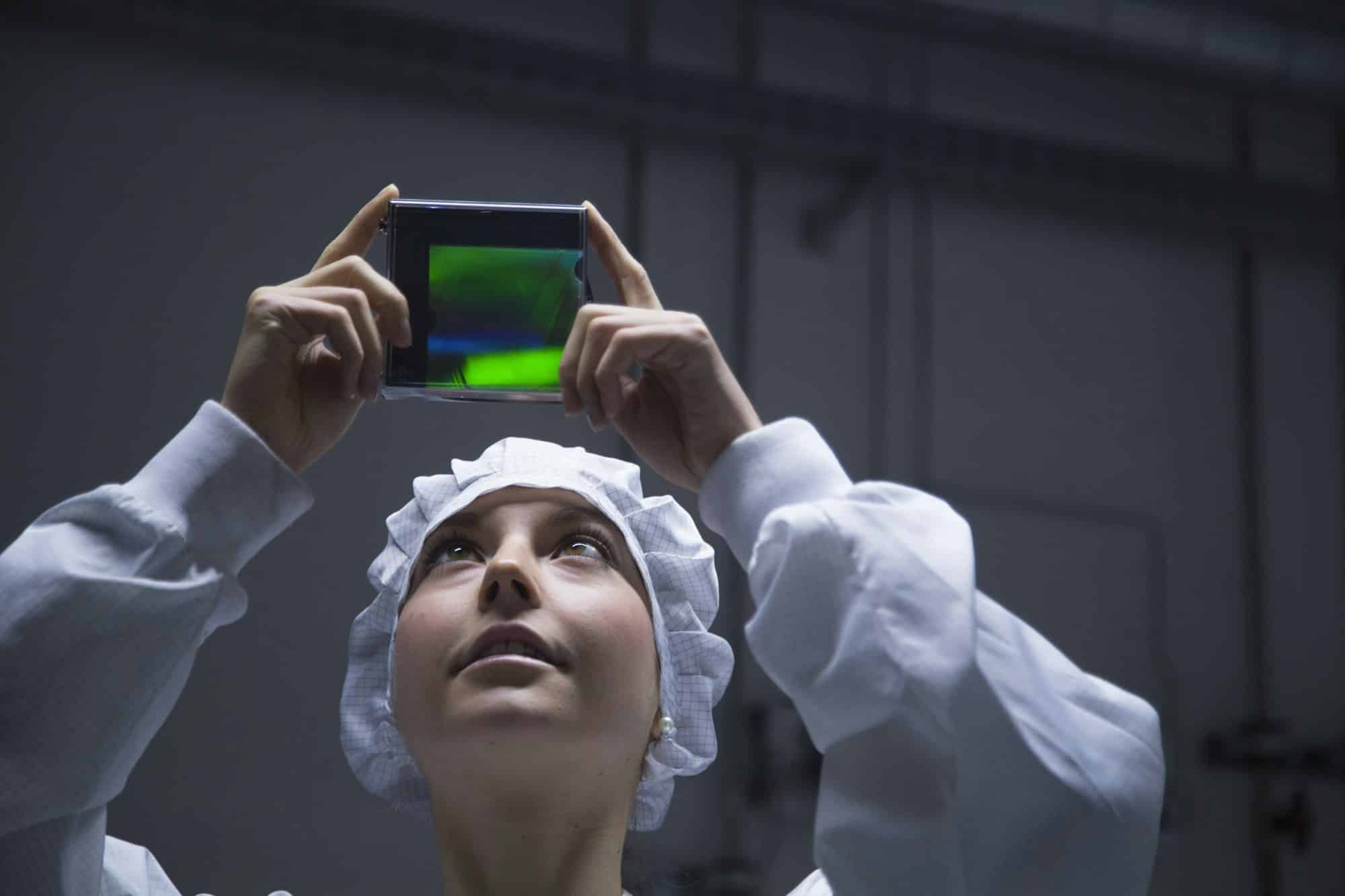What’s the Role of 3D Holography in Medical Imaging and Diagnosis?

The field of medical imaging has witnessed a significant evolution over time. From the invention of X-rays to the development of ultrasound, computed tomography (CT), and magnetic resonance imaging (MRI), technology has continuously advanced to provide better methods for diagnosing and treating diseases. Today, one of the most promising innovations in the field is 3D holography. This article explores the role of 3D holography in medical imaging and diagnosis, highlighting how this technological development can revolutionize patient care.
The Concept of Holography
Before diving into the applications of holography in medicine, it’s essential to understand what holography entails. Holography is a technique that creates three-dimensional images, known as holograms. These images are produced using interference and diffraction properties of light, which results in a display that can be viewed without special glasses or other equipment.
A lire aussi : Can Blockchain Enable More Transparent and Secure Food Traceability Systems?
Holography is not a new concept. It was first developed in the mid-20th century by physicist Dennis Gabor. However, early versions of holography were static and limited in terms of resolution and image quality. Fast forward to today, with the advent of digital technology and improvements in light sources, holography has become dynamic, offering highly detailed, real-time 3D images.
A PubMed article from 2022 explains that digital holography utilizes a more advanced process than traditional methods. It captures an optical field rather than an image, resulting in a more precise and detailed representation. This precision is particularly useful in the field of medical imaging, where details can be the difference between accurate and inaccurate diagnoses.
Avez-vous vu cela : What Are the Latest Innovations in Non-Invasive Diabetes Monitoring Devices?
Holography in Medical Imaging
Holography has found a significant place in the field of medical imaging, thanks to its ability to provide detailed 3D images. This is especially advantageous in areas where two-dimensional imaging may fall short. By offering a 3D perspective, holography can help medical professionals visualize complex structures and processes in the human body.
One of the notable applications of holography in medical imaging is in cardiology. A PMC article from 2023 detailed how holographic imaging could be used to create 3D models of a patient’s heart. These images can help doctors to better understand the patient’s condition and plan for surgeries or treatments.
Similarly, holography can play a critical role in neurology. Neurological structures are notoriously complex and difficult to visualize. However, with holographic imaging, it’s possible to create 3D representations of the brain and nervous system, aiding in the diagnosis and treatment of neurological conditions.
Enhancing Patient Communication with Holography
Beyond its applications in diagnostics, holography can also enhance the patient-doctor communication experience. Traditionally, doctors have relied on 2D images or complicated medical jargon to explain a patient’s condition. This can be difficult for patients to understand, leading to confusion or misinterpretation.
With holographic images, doctors can present patients with a 3D, lifelike representation of their condition. This can make it easier for patients to grasp what’s happening in their bodies. For instance, a surgeon could show a patient a 3D holographic image of their heart and clearly demonstrate where the problem lies and how surgery would address it.
The use of holography in patient communication not only demystifies the medical process but also empowers patients. When patients have a better understanding of their health, they are more likely to be engaged in their care and make informed decisions.
The Future of Holography in Medicine
Looking to the future, it’s evident that holography will continue to play a pivotal role in the medical field. Advancements in technology, such as augmented reality (AR) and virtual reality (VR), are paving the way for more immersive, interactive experiences with holographic images.
For instance, consider a scenario where a doctor can virtually ‘step inside’ a patient’s 3D holographic heart. This level of detail and interactivity could considerably improve the doctor’s understanding of the patient’s condition and potentially lead to more accurate diagnoses and effective treatment plans.
The potential of holography in medicine extends beyond diagnostics and patient communication. It could be used in educating medical students, allowing them to study anatomical structures in 3D. It could also be utilized in remote medicine, providing doctors with the ability to view 3D images of patients even from a distance.
As this technology continues to evolve and become more sophisticated, the possibilities for its application in the field of medical imaging and diagnosis are virtually limitless. It’s an exciting time in the field of medical holography, and we are only just beginning to see what this technology can bring to patient care and medical education.
Holography in Medical Education and Remote Care
Medical education can highly benefit from the integration of holography. Traditionally, medical students have been trained using two-dimensional images, textbooks, cadavers, and in some cases, virtual reality. However, these methods can sometimes be limiting, as they do not fully represent the complexity of human anatomy.
Holography, on the other hand, offers a much more interactive and comprehensive approach to medical education. With holographic images, medical students can study the human body in three dimensions. This allows for a more in-depth understanding of the body’s structures and how they relate to each other. For instance, a study published on Google Scholar in 2023 highlighted that learning with 3D holographic images led to improved spatial understanding among medical students.
Holography could also be utilized in remote medicine, the demand for which has increased significantly in recent years. Using holographic imaging, healthcare professionals can view detailed, real-time 3D images of patients even when they are not in the same location. This is particularly useful in areas with limited access to healthcare facilities or specialists. For instance, a PubMed article from 2023 described how doctors used holographic images to diagnose a patient with a tympanic membrane condition remotely.
By leveraging the capabilities of digital holography, medical education and remote care can be significantly improved. This can lead to better-trained healthcare professionals and more accessible healthcare services, particularly in remote areas.
Conclusion: The Implications of Holography in the Medical Field
In conclusion, 3D holography is transforming the landscape of medical imaging, diagnosis, patient communication, medical education, and remote care. It offers a more precise, detailed, and interactive approach to visualizing the human body, which can significantly improve the diagnosis and treatment of various conditions, enhance patient understanding and engagement, and offer a more immersive and effective learning experience for medical students.
Moreover, with advancements in technology such as mixed reality and high-resolution holographic displays, the potential applications and benefits of holography in the medical field are expected to grow exponentially. As healthcare professionals and medical institutions continue to adopt and integrate this technology, we can anticipate a future where medical practices are more accurate, personalized, and patient-centered.
In a world that is becoming increasingly digital, the adoption of technologies like 3D holography in the medical field is not just a trend, but a necessity. By harnessing the power of this technology, we can revolutionize the way we understand, interact with, and care for the human body, ultimately leading to better patient outcomes and a healthier society.
